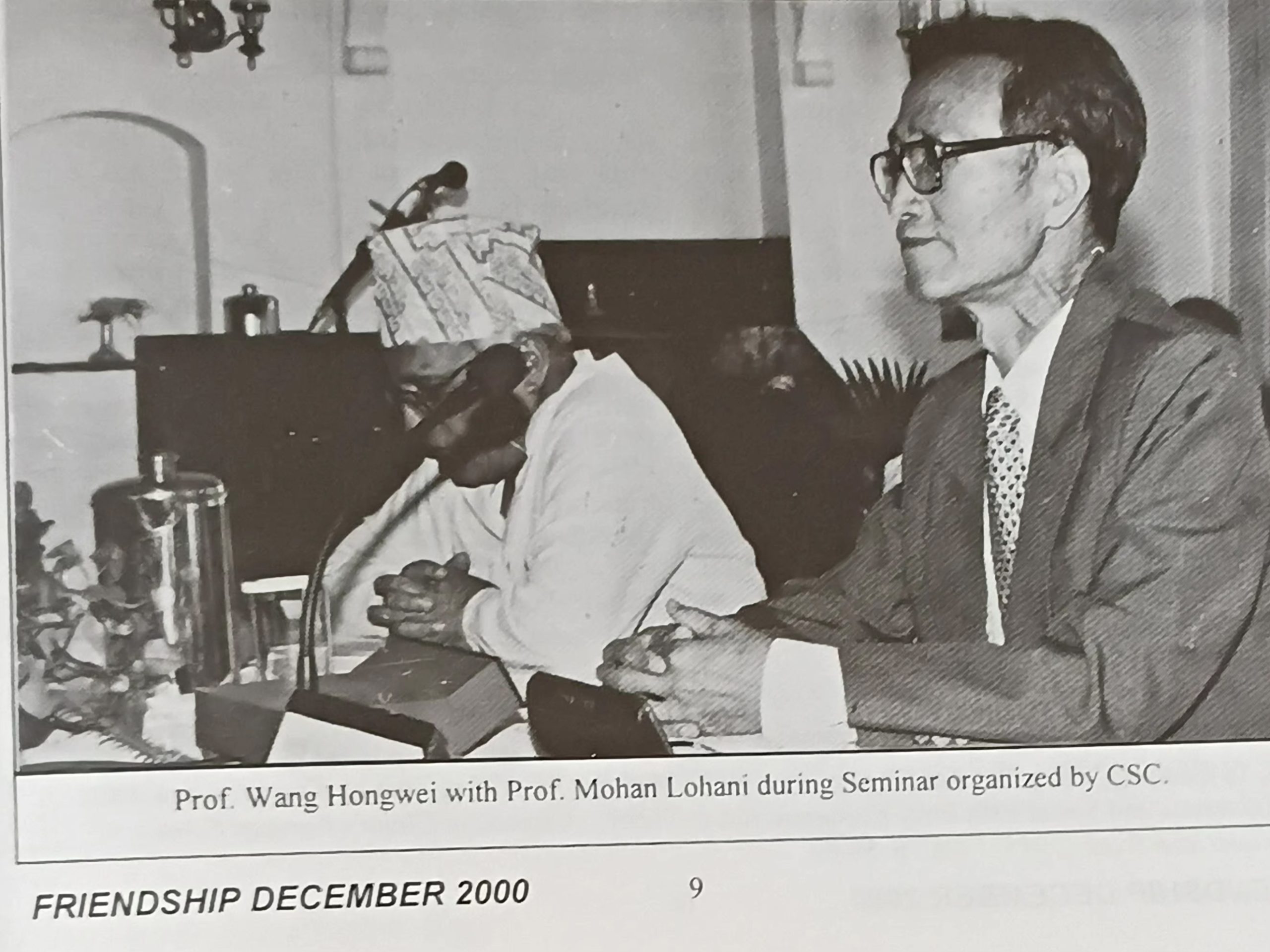
By Devendra Gautam
While the 25th Shanghai Cooperation Organisation summit is underway roughly 3371 km away in the land of Confucius, Sun Tzu, Laozi and Lu Xun, which also happens to be the land of Mansarovar and Kailash, described as the abode of Lord Shiv and Goddess Parvati, yours truly is busy turning the timeworn pages of the epic ‘Jay’ (which means victory), in the laidback capital of an ancient nation turned into a banana republic of sorts amid global entropy, in a hopeless bid to understand this day and age better.
A regressive move, isn’t it? So be it.
Let him borrow a bit from a chapter of the voluminous scripture, from Dwapar Yug, the age preceding Kaliyug. You see, it makes sense to turn back the pages of history when the present has not much to offer.
On behalf of five Pandav brothers, a humble Krishna visits King Dhrishtarashtra, the head of the Kauravs, at his palace in Indraprastha. The flute-wielding, cowherd king of the Yadavs has a peace offer at a time when a war between the Pandavs and their cousin brother Kauravs appears increasingly inevitable.
He asks for five villages for the Pandavs and even Dhrishtarashtra, though not quite accommodative of the concerns of the Pandavs, the sons of his younger brother Pandu (hence the name Pandavs), otherwise, appears willing to strike a deal for obvious reasons.
But Duryodhan, the eldest of Dhritrashtra’s sons, rejects the offer outright and declares that only a war should decide who gets what. A blind king, enfeebled further by his unconditional love for his sons, Duryodhan in particular, is unable to turn back the tide that culminates in the battle of Kurukshetra. The rest, as they say, is history as the Kurukshetra becomes a graveyard of Kshetriya and other warrior kings as well as soldiers.
Around 7,167 km from the summit venue at a hip and happening Tianjin, a quaint Vyas rural municipality sits on the lap of Om Parvat in Darchula district in Nepal, approximately 525 km (air distance) from Kathmandu, the federal capital, faintly aware of the goings-on in the immediate neighbourhood and beyond. Apparently, the level of (grim) awareness increases whenever the old wounds of this dismembered nation fester, giving the inhabitants of the Kalapani-Lipulekh-Limpiadhura region fresh hassles as they have to face neighbourly officialdom and security apparatuses in their daily struggles for a living.
According to some lores, it is in this very place that Vyas Rishi, the grandfather of both the Kauravs and the Pandavs, meditated and jotted down the epic while other lores point out that the sage did it all in Vyas municipality in Tanahun district of Nepal, apart from subdividing the Ved into Rigved, Samaved, Yajurved and Atharvaved.
The province of Sudurpaschim, of which Darchula district forms a part, is indeed a paradise full of lores and beautiful attractions of historic importance like the Surma Sarovar and Himalayan peaks such as Api, Nampa, Saipal and Om.
Lipulek that lies within this region is an all-weather gateway to Tibet, with which Nepal has historic trade and cultural ties and which is home to centres of faith like Mount Kailash, the Mansarovar lake for lakhs of Sanatan Hindu, Buddhist, Kirant, Bon and Jain devotees. Nepal has been consistent in her claims over the decades that the Kalapani-Lipulek-Limpiadhura region belongs to her, citing the Treaty of Sugauli, maps issued during the British rule, old coins, bank notes, land tax payment payers, accounts of government officials visiting the area and national census conducted during the Panchayat rule. Historic accounts point out that a band of Indian troops sought refuge in the region after the routing in the 1962 war with China and the then regime granted them permission temporarily, given that it would have been against Rajdharma to deny such a request.
However, when the Kirtinidh Visht government sought the removal of Indo-Tibetan border police posts (ITBPs) established on our northern frontiers, apparently to keep a tab on our northern neighbour following a successful Communist revolution in China, all ITBPs went back home except for this one. In the course of time, they have only bolstered their presence even as our borders with the dear neighbour look like faint pencil lines drawn on a piece of paper, with a giant eraser moving menacingly and freely to erase all of them.
After the bitter episode of the 60s in the wake of Sino-Indian hostilities, a 2015 Sino-Indian trade deal came a-haunting, followed by a renewed deal last month that has given an impression that the two of Nepal’s neighbours are bent on strengthening their ties with utter disregard for our territorial claims and security concerns. While New Delhi has admitted that it is a disputed territory, this admission has not stopped her from building a road through the disputed area, effectively joining Uttarakhand with Tibet.
Thanks to the trade deals, there’s a growing feeling in Nepal that China, considered a bit more sensitive to our interests, does not care much about our sensitivities, either.
While the elephant and the dragon are enjoying a dance, a quaint Nepal, located on a seismic faultzone, is quaking, marking yet another exciting episode in the Great Himalayan Game.
Welcome to the Asian century. Welcome to a new world order.













Comments:
Leave a Reply